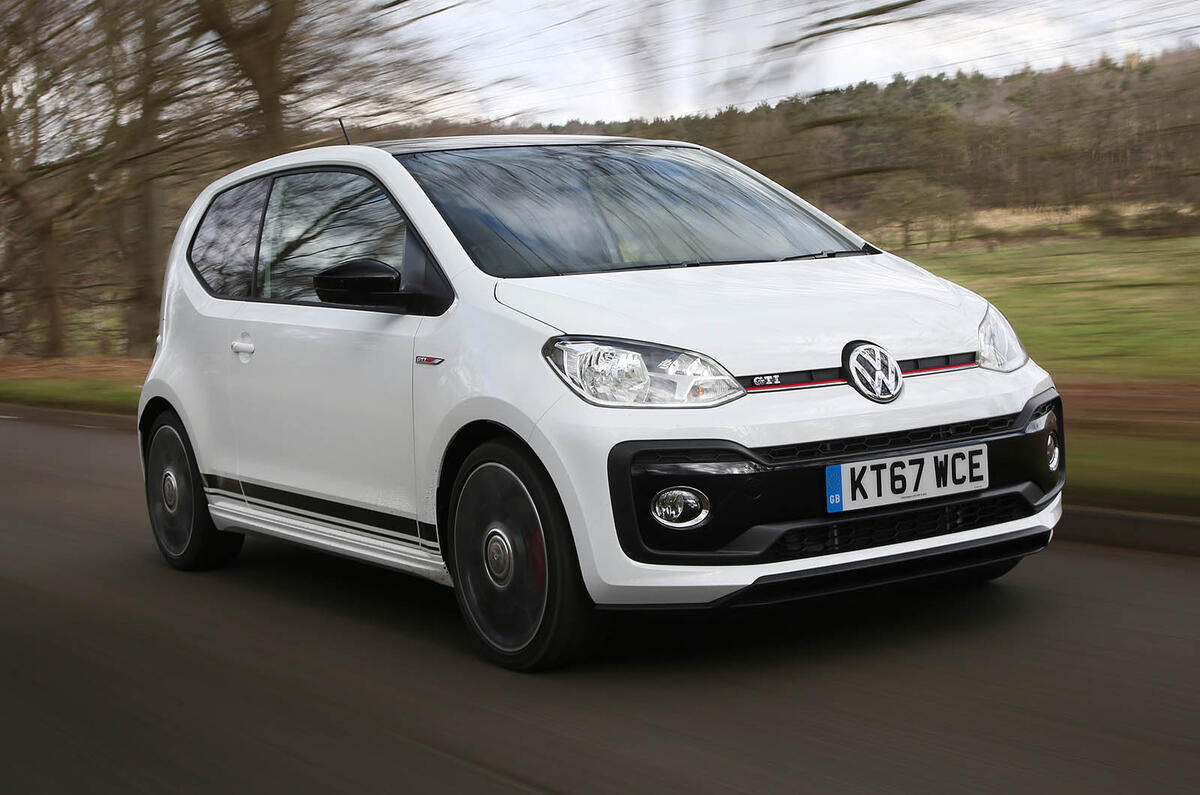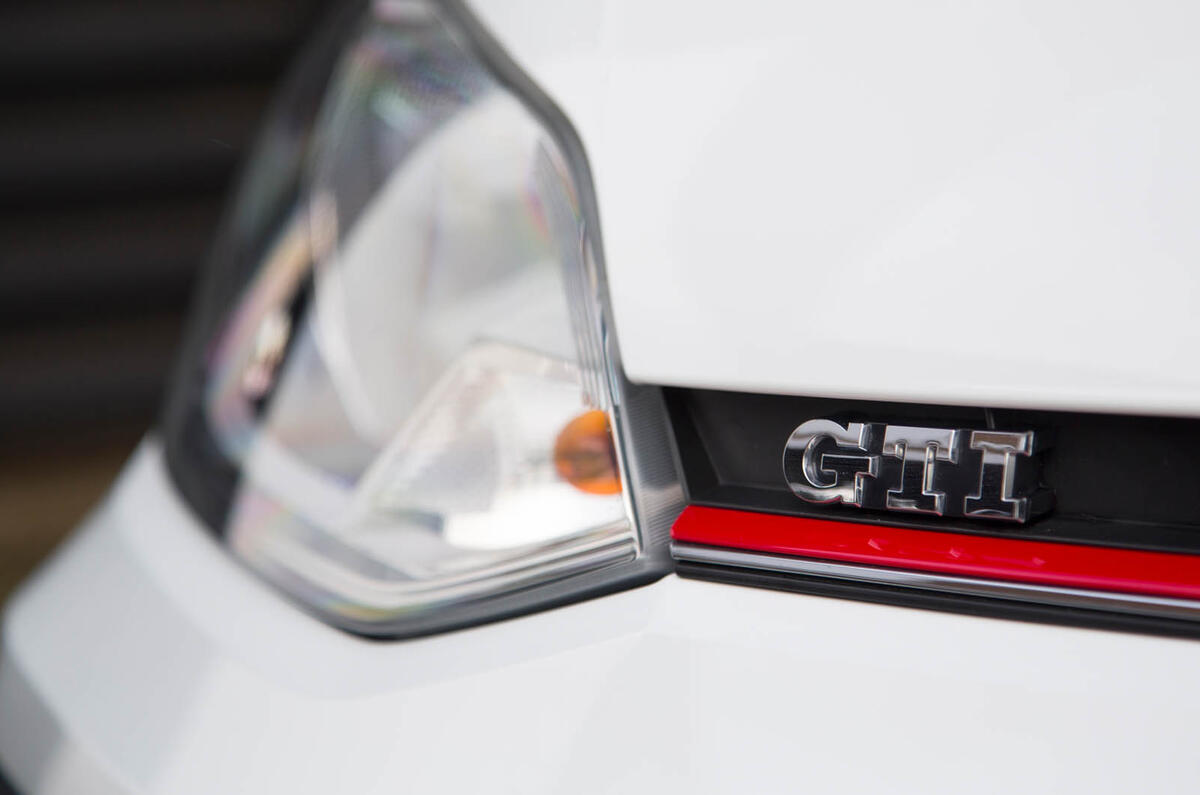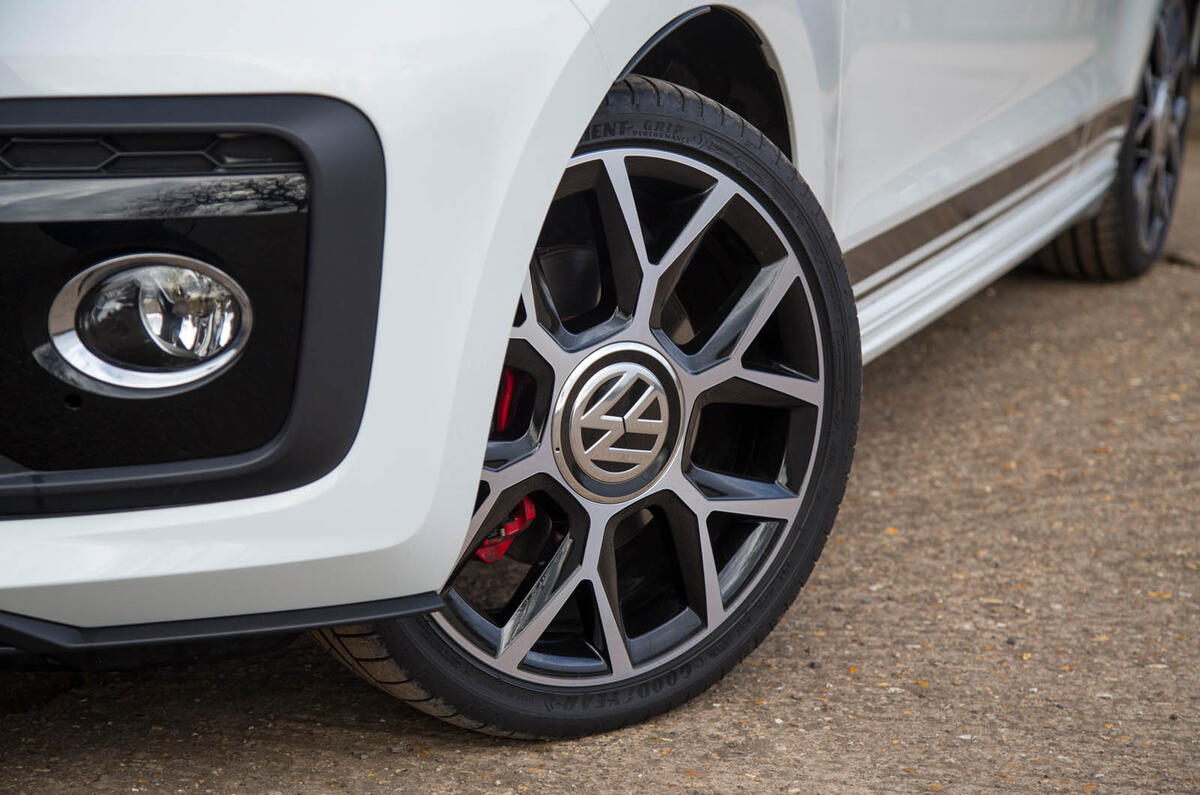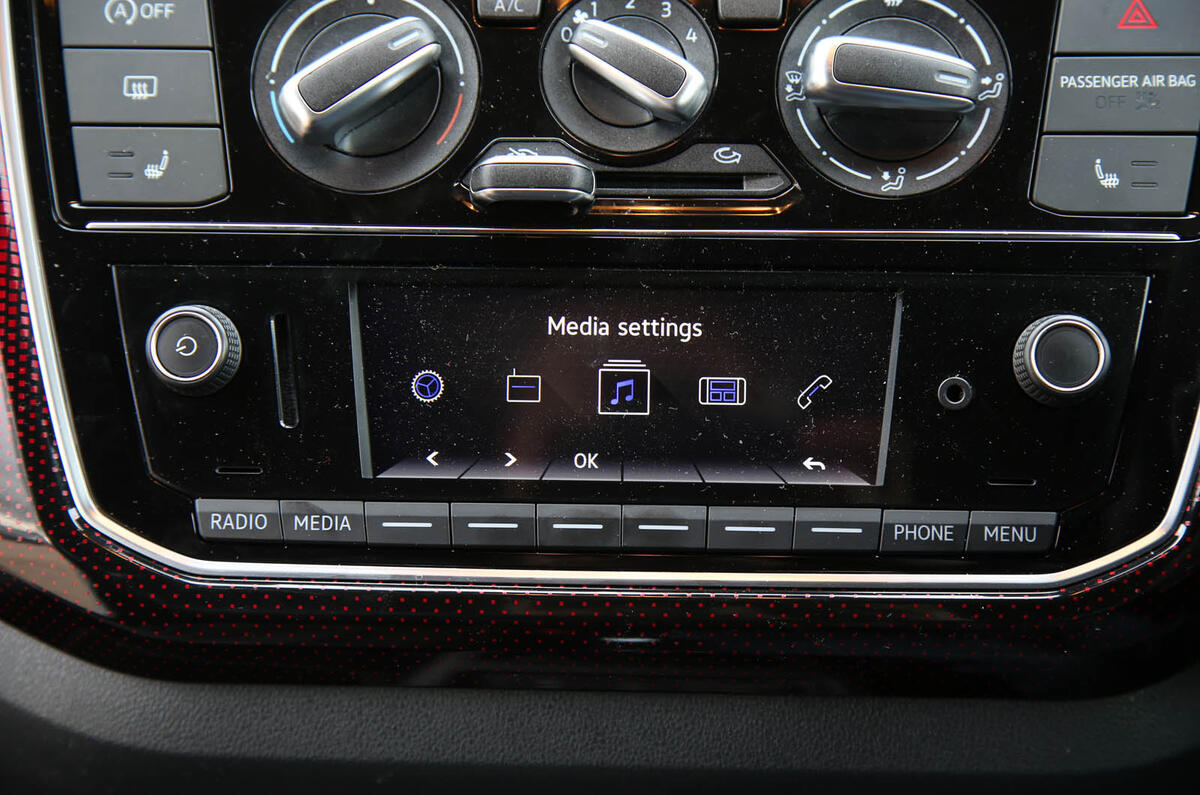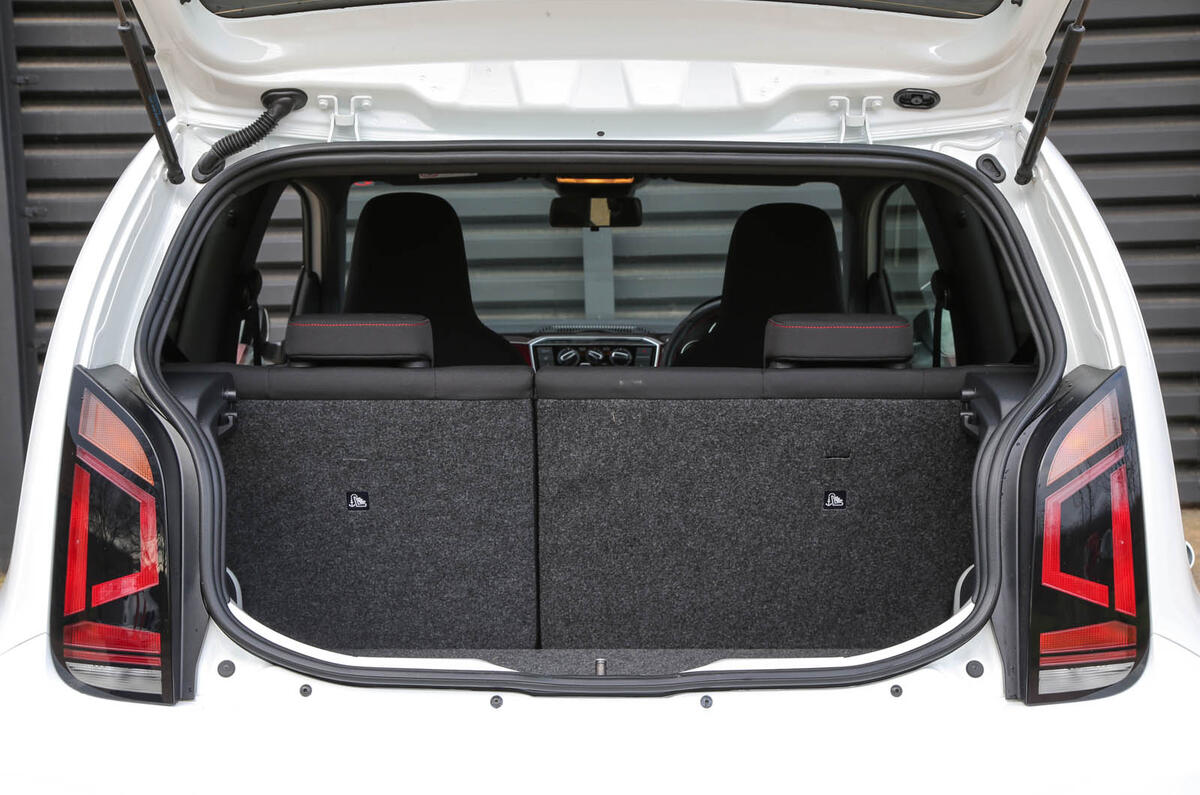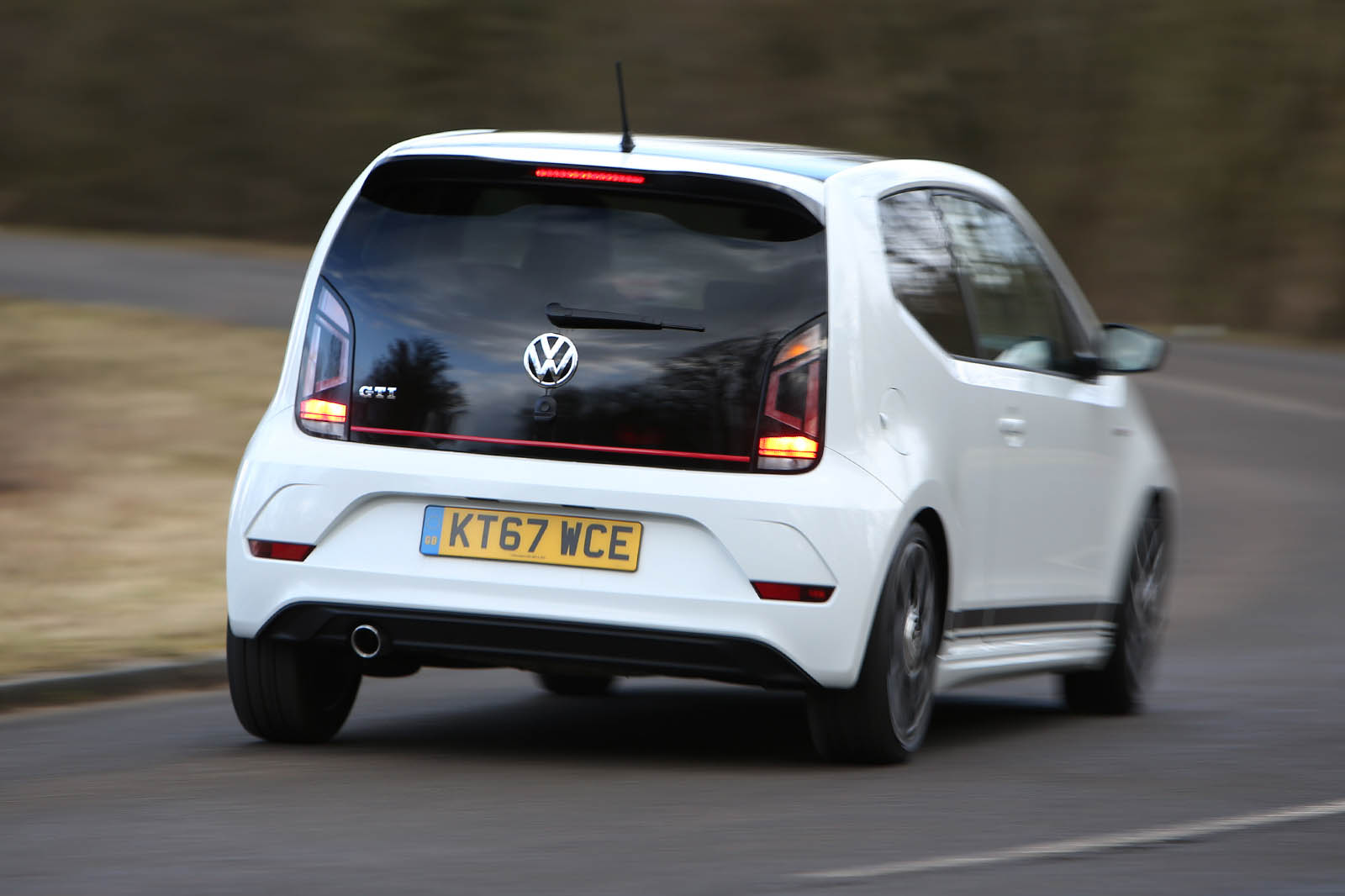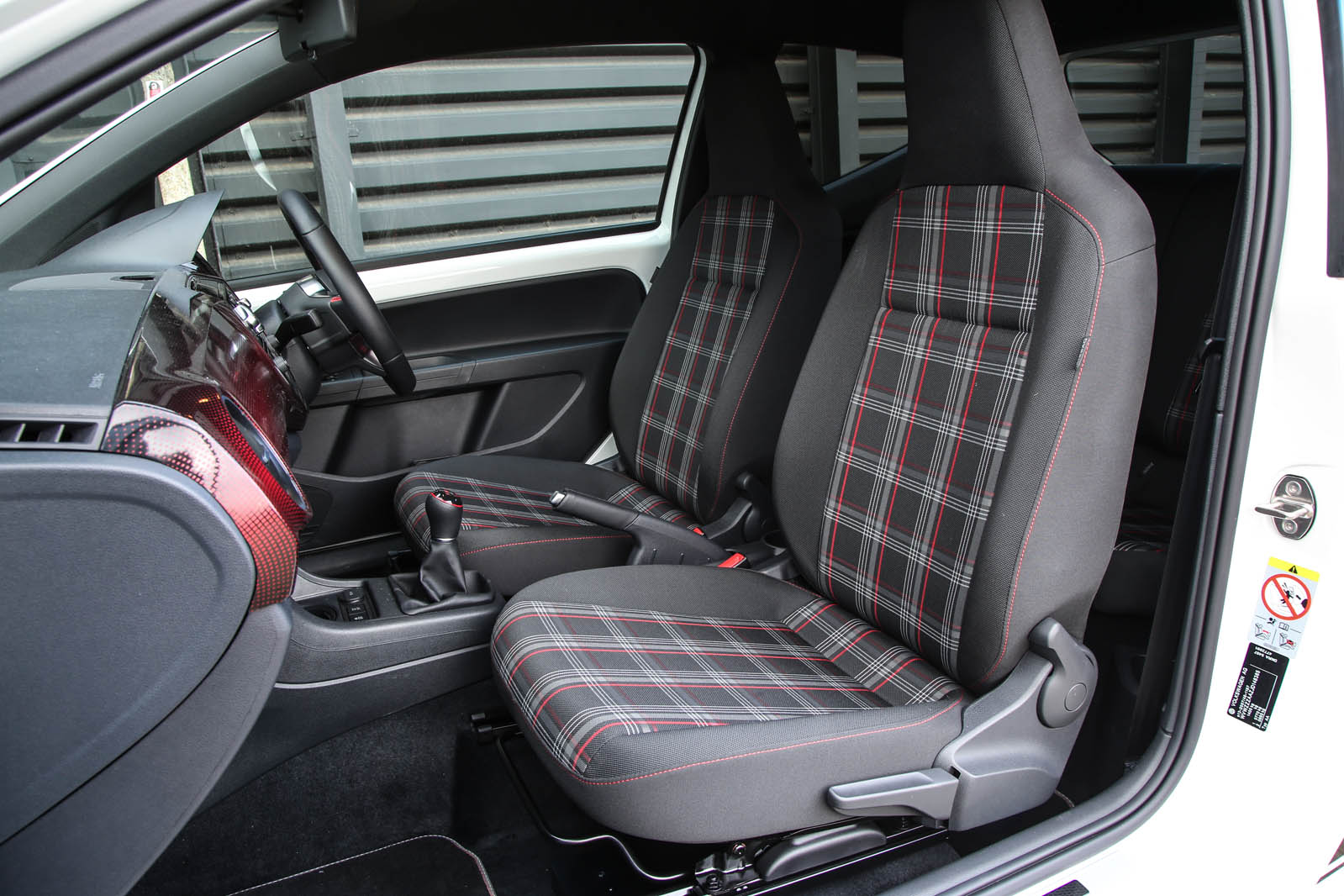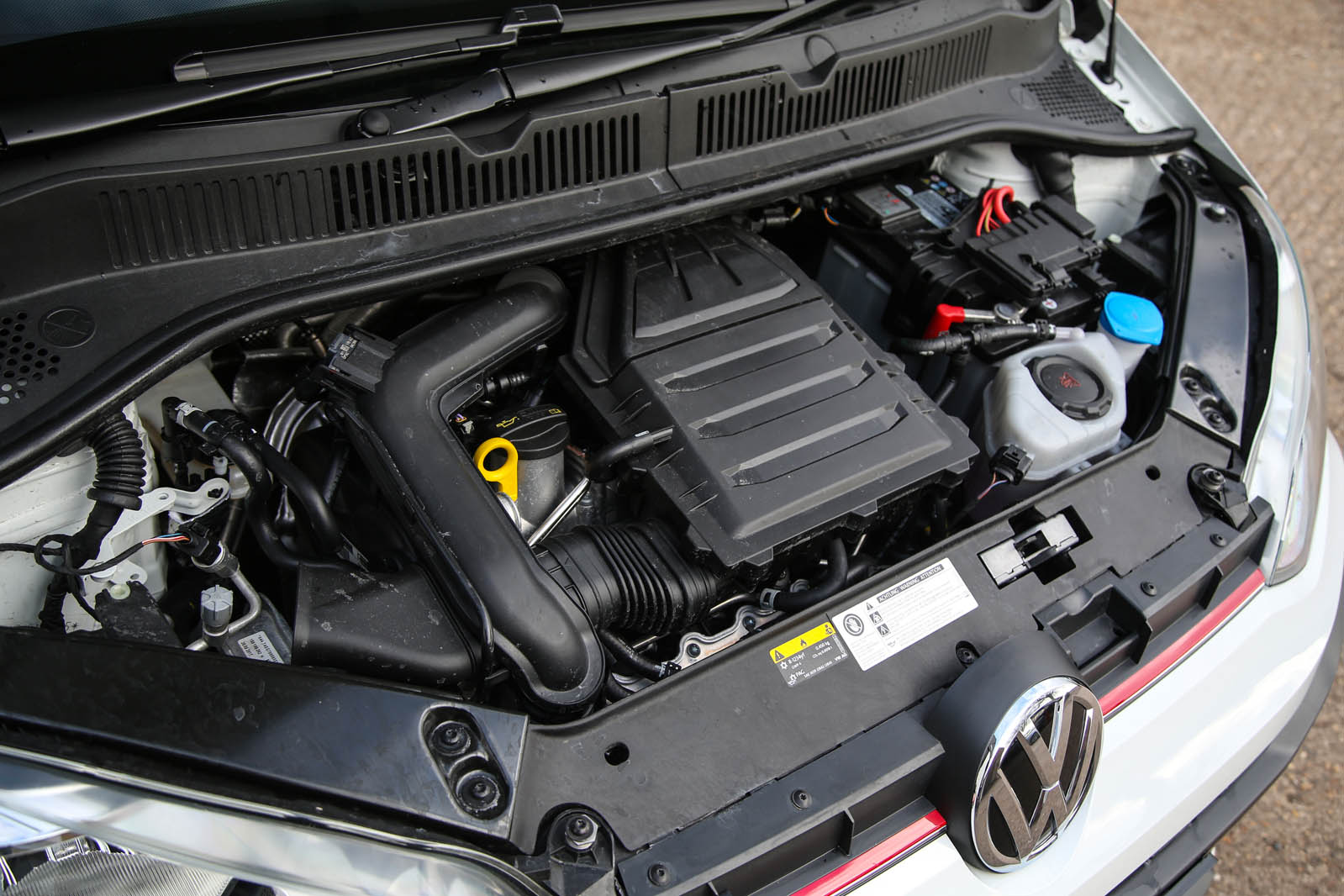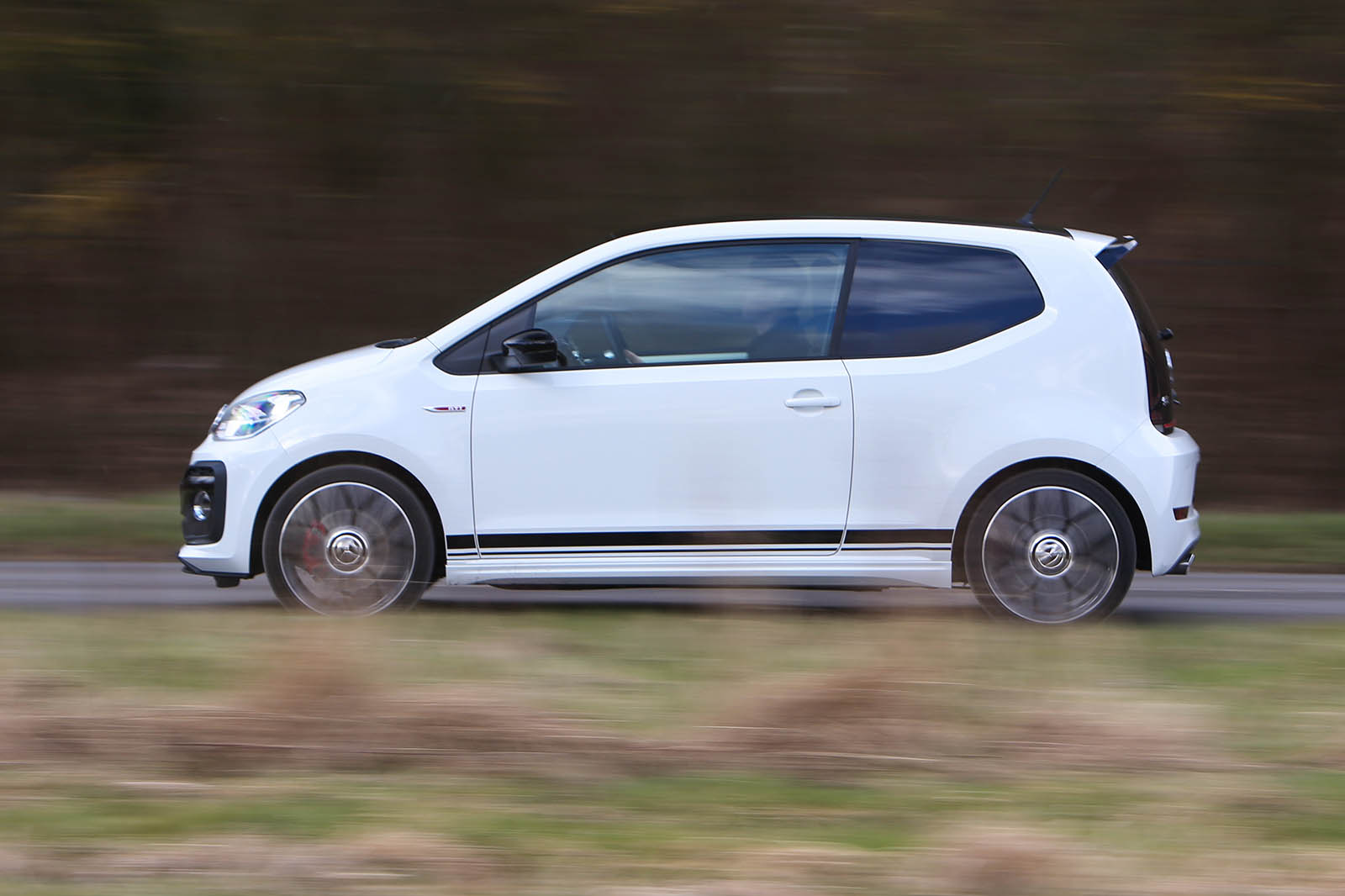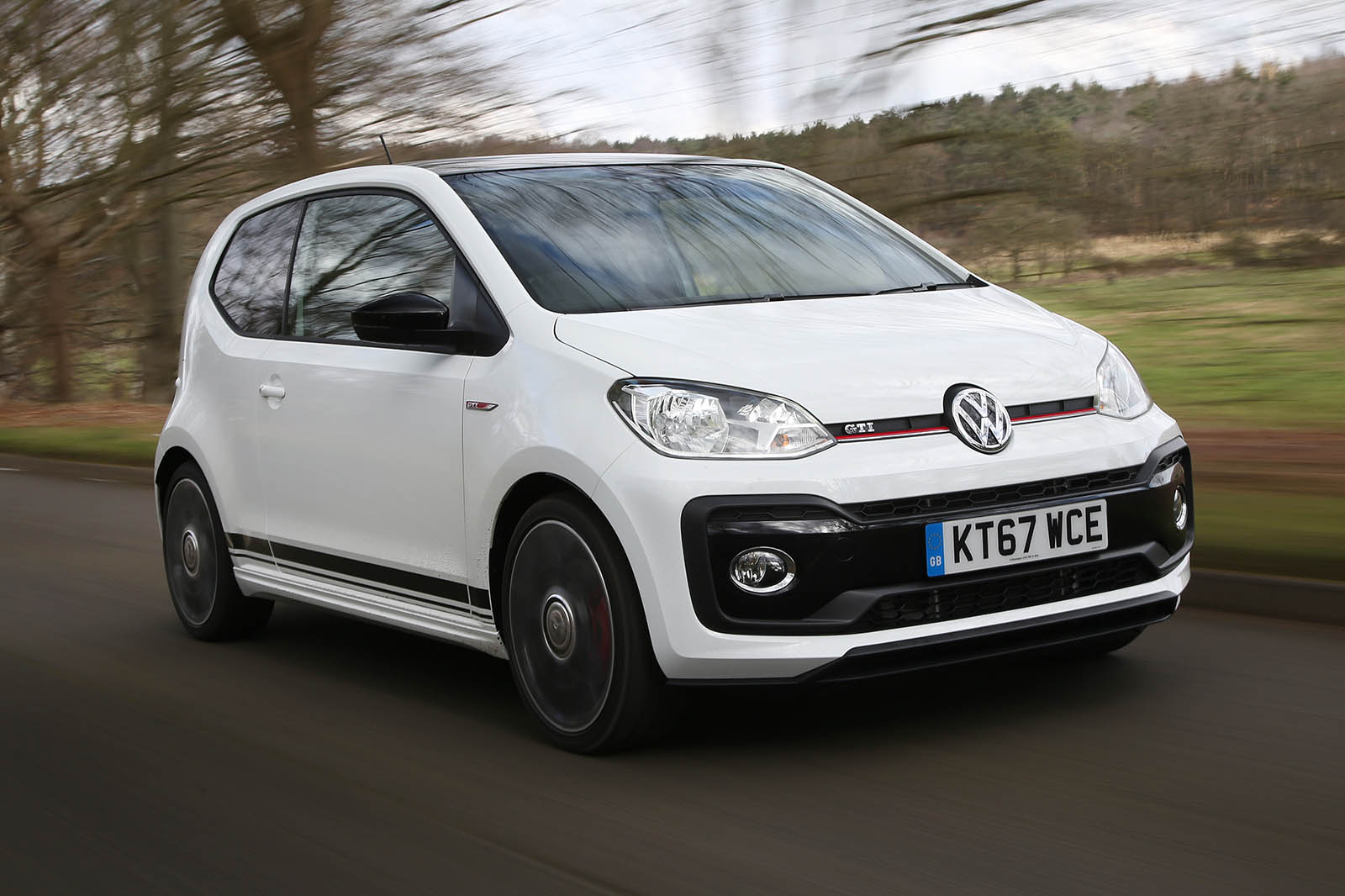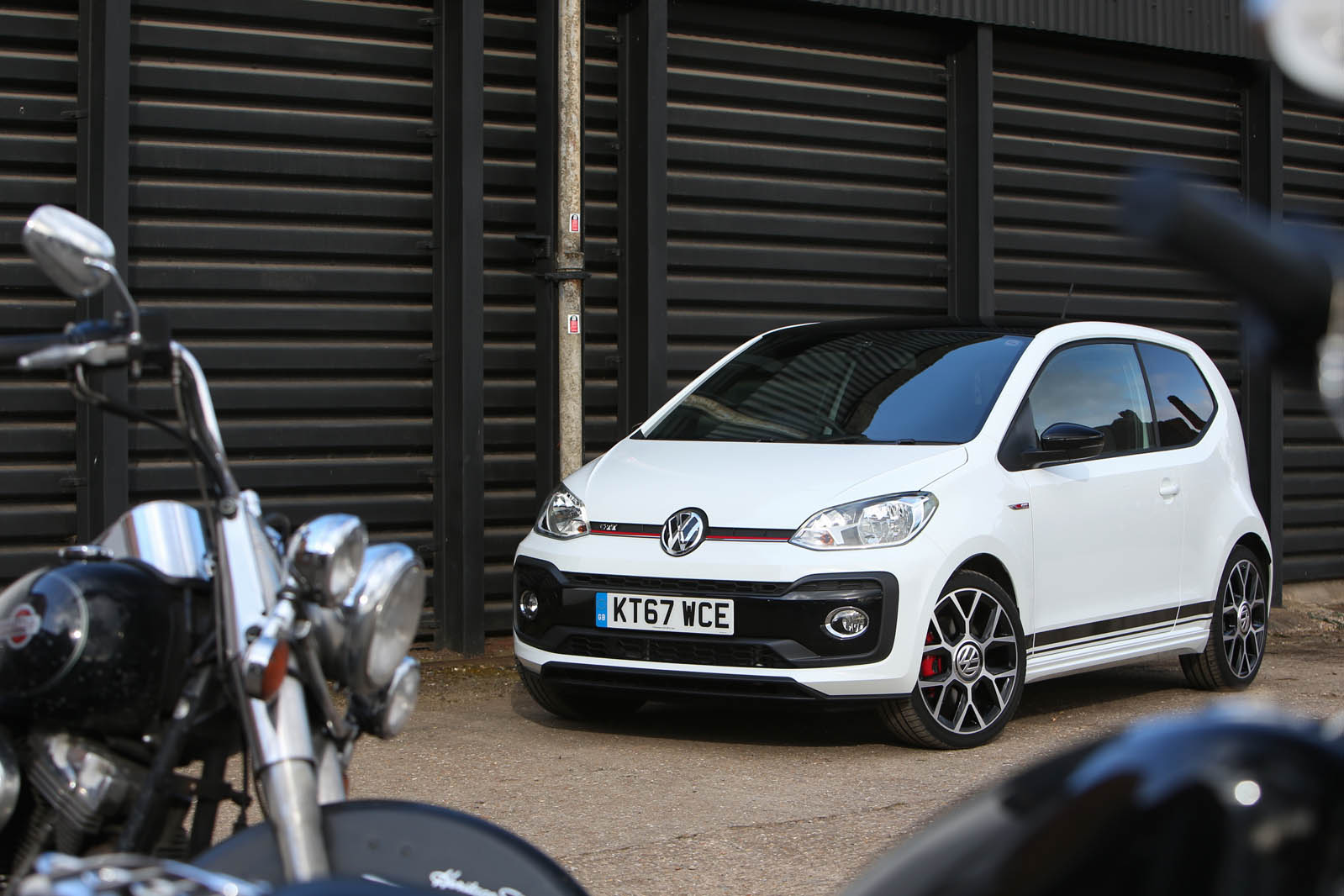Is the Volkswagen Up GTI reliable?
Broadly speaking, the Up GTI shouldn't be a cause for concern when it comes to relability. While the GTI version didn't feature in What Car's reliabilty survery, the regular car did. It finished behind cars like the Hyundai i10 and Toyota Aygo, but ahead of the Fiat 500 – on which the Abarth 595 is based. Volkswagen, as a brand, came 22nd out of 32 manufacturers tested.
Gearbox: Some owners have reported an unusual noise coming from the gearbox when the car is idling or when you’re accelerating upwards through the gears. This can result in gearbox failure. It’s not a well-documented issue but is worth looking out for.
Suspension: In especially cold weather, the springs are at risk of snapping under significant loads experienced during spirited driving on undulating roads. Until they’ve had time to flex and the dampers have travelled, take bumps with care.
When buying, always check the springs and dampers for wear.
Brakes: When you start the engine, release the handbrake and attempt to move off in cold weather, the car may stick on its brakes. This is likely to be the result of moisture freezing between the pad and disc or within the rear mounted drum brake.
To prevent this, let the car heat up before you begin driving and allow the exhaust heat to thaw any ice. If this or WD-40 doesn’t work, the car will need to be checked by a dealer or specialist.
Wheels: They are large in diameter but thin in profile, so there isn’t much sidewall to the tyres, making them easier to kerb. The alloys themselves are diamond-cut, which makes them more expensive to repair.
To have one rectified at an approved workshop, set aside £90 to £110.
Body: When you’re inspecting under the bonnet, look up to check the bonnet latch. Stone chips can strip away the paintwork and leave the area prone to rust. Thankfully, because the Up GTI is a relatively new car, there should be time to rectify any issues with corrosion.
Infotainment system: In place of a large touchscreen, your phone can be mounted on the dashboard and Volkswagen’s ‘Maps and More’ app can be used for the sat-nav or to display a rudimentary rev counter.
But because the app requires a lot of data to both download and run, it can overheat your phone quite quickly.
An owner’s view
Rosemary Lees: “The Up GTI, acquired two years ago, has evoked nostalgic memories of driving in my twenties and provided an enjoyable driving experience. I’ve taken the rear seats out of mine and wrapped the roof with a custom tartan to match the Jacara seats.
"Otherwise, the car is pretty much stock for the moment. Mine has been almost trouble-free, with the exception of the common problem of the rear brakes sticking on. The only complaint I have about the car is the darn traction control: you cannot turn it off. But all in, it is a lovely, happy, fun car.”
Also worth knowing
A sound actuator mounted on the front firewall pumps in synthesised engine noise above 3000rpm. In many cars it cheapens the character of performance on offer, but in the Up it provides a satisfying warble, much like a mini Golf R32 or Nissan GT-R.
Euro NCAP awarded the Up three stars for safety in 2019, down from five stars under the previous testing regime. It scored poorly for protection of vulnerable road users and assistance tech, though, rather than for occupant safety.
The GTI accounted for around 15% of all Up sales from 2020 to 2023.




